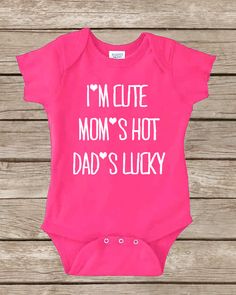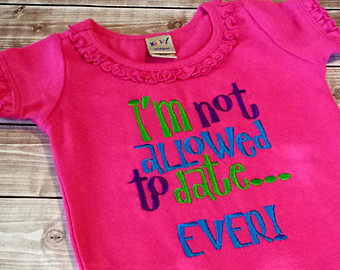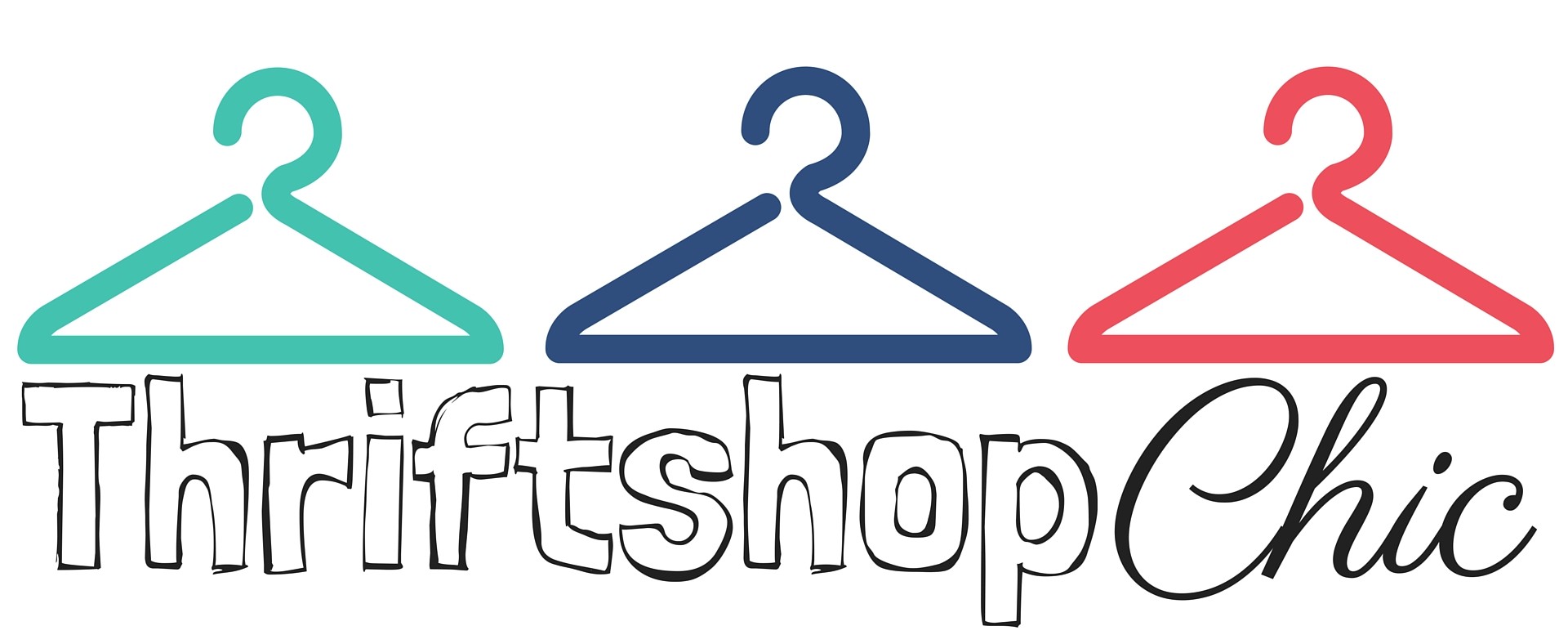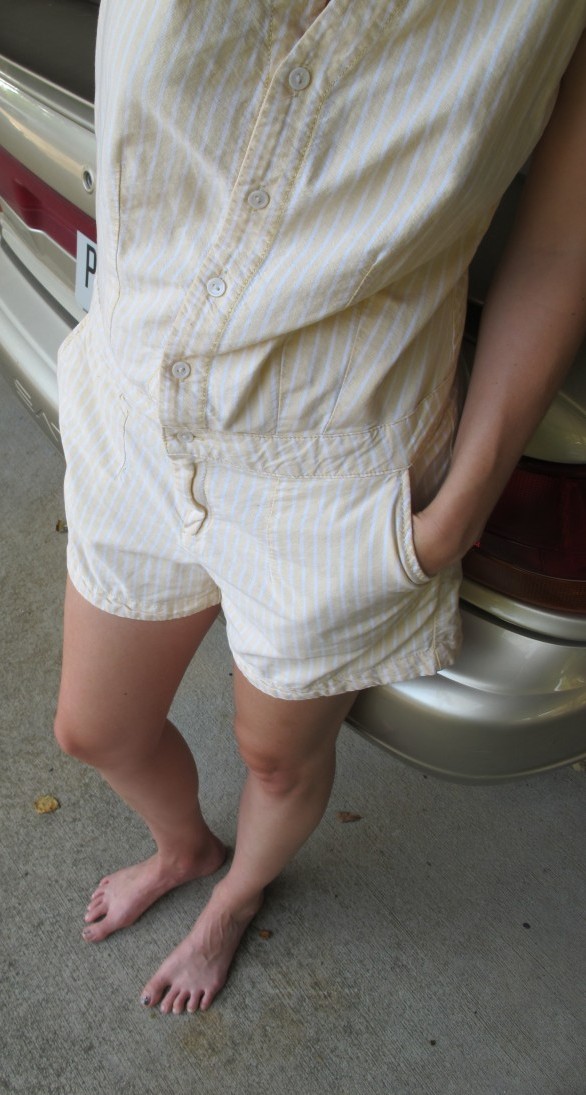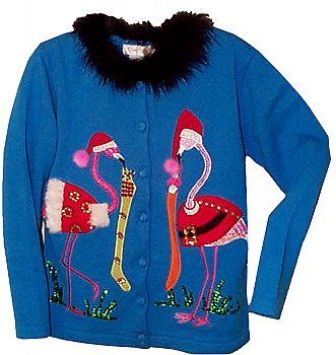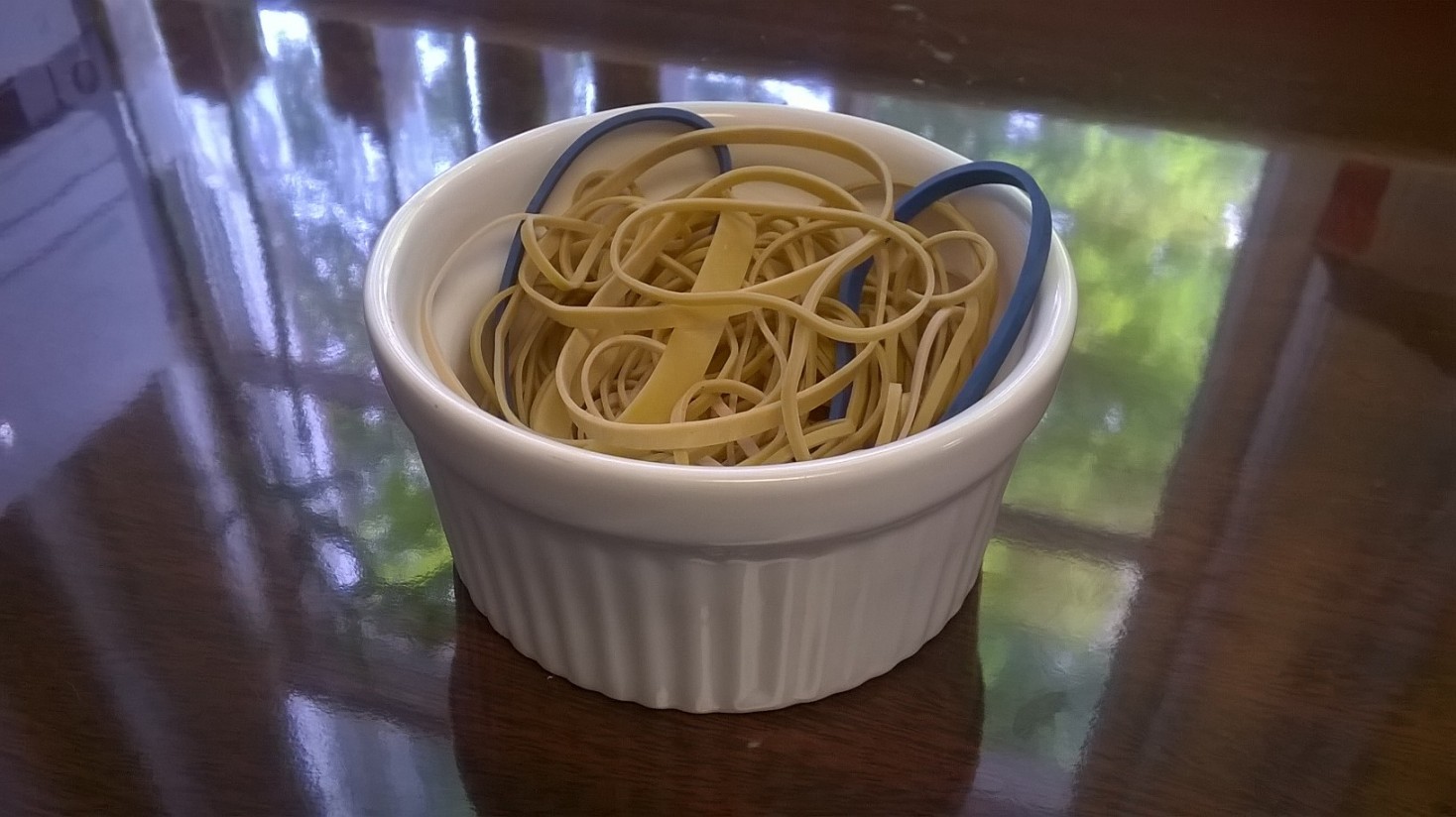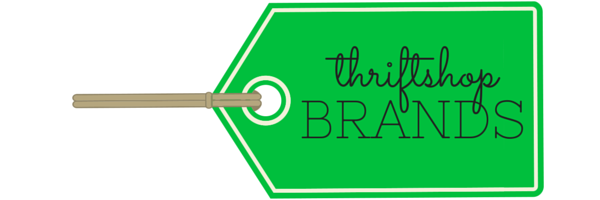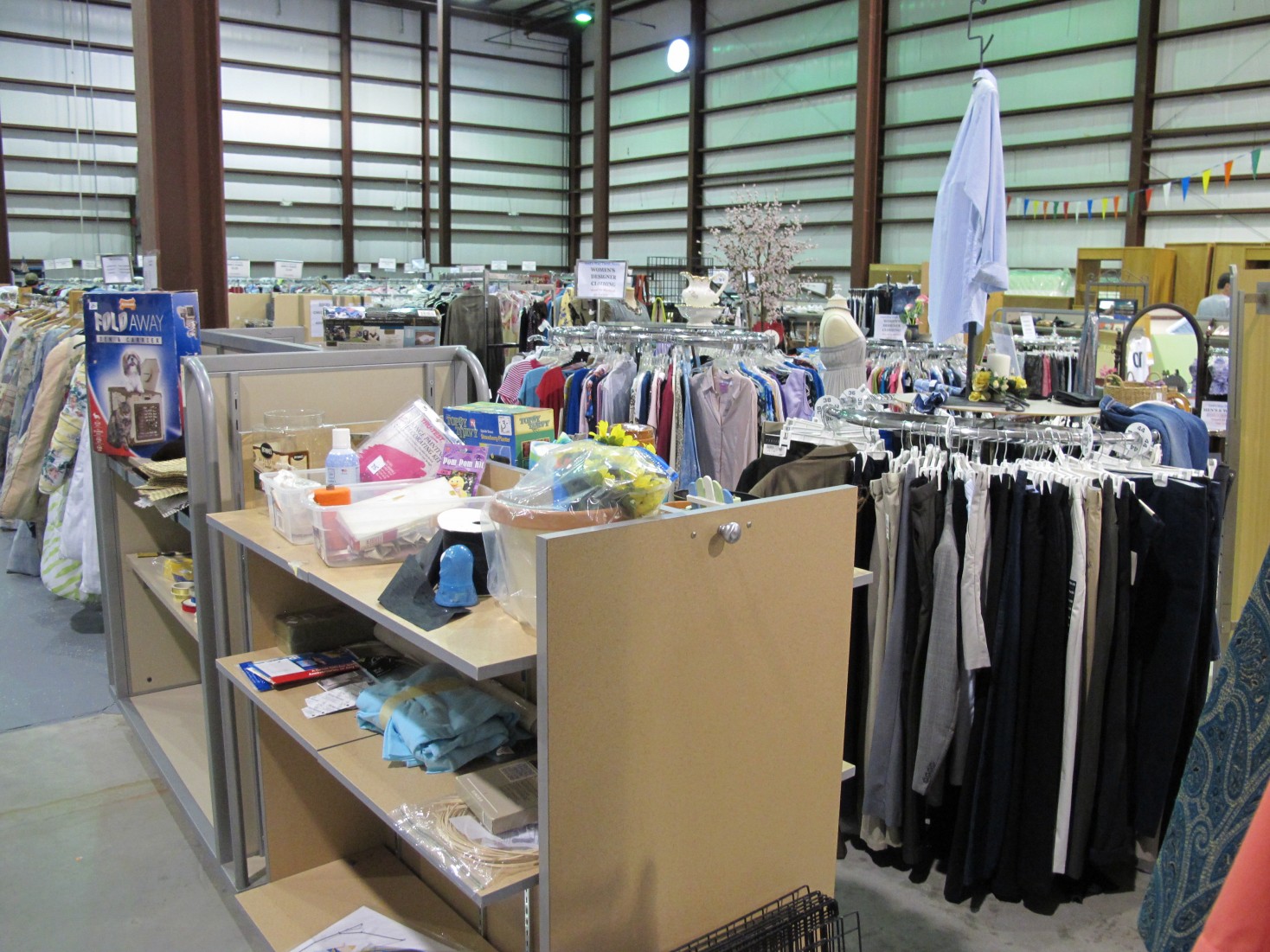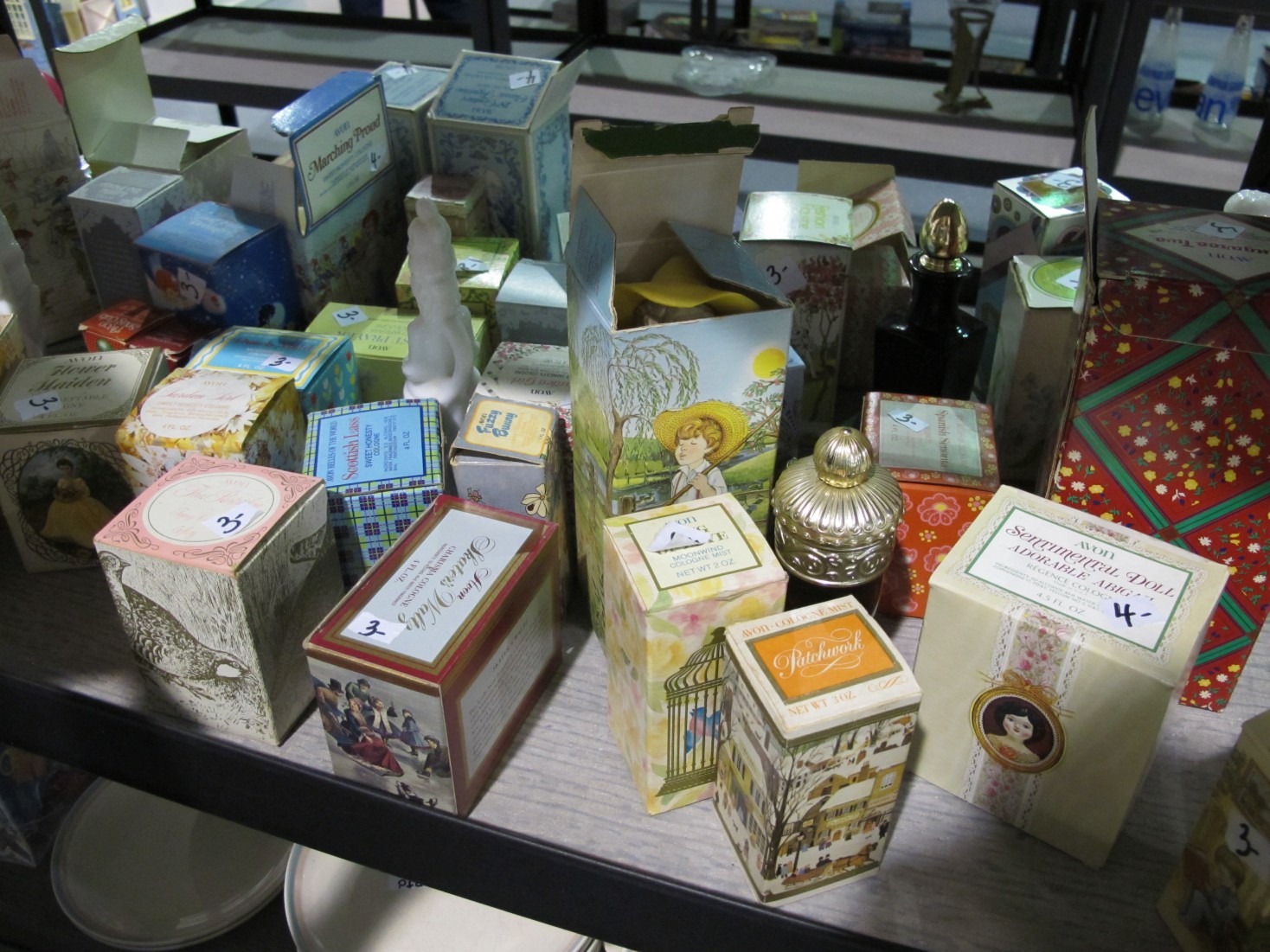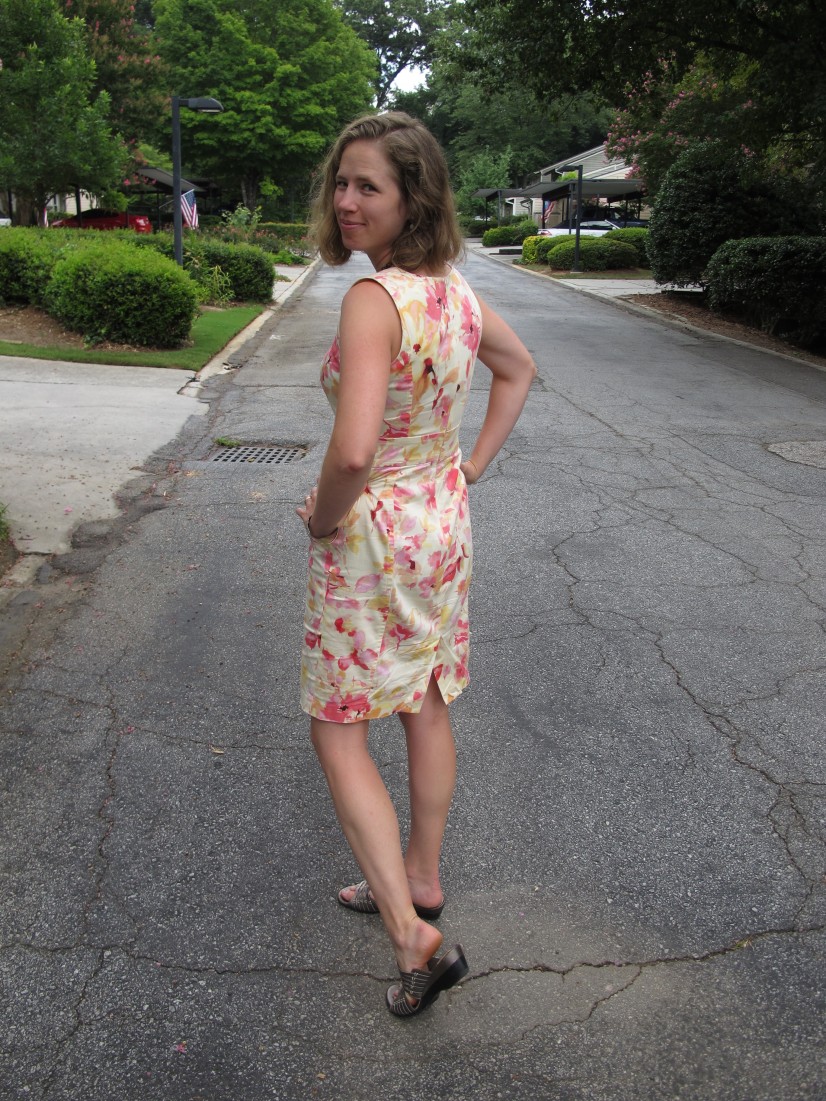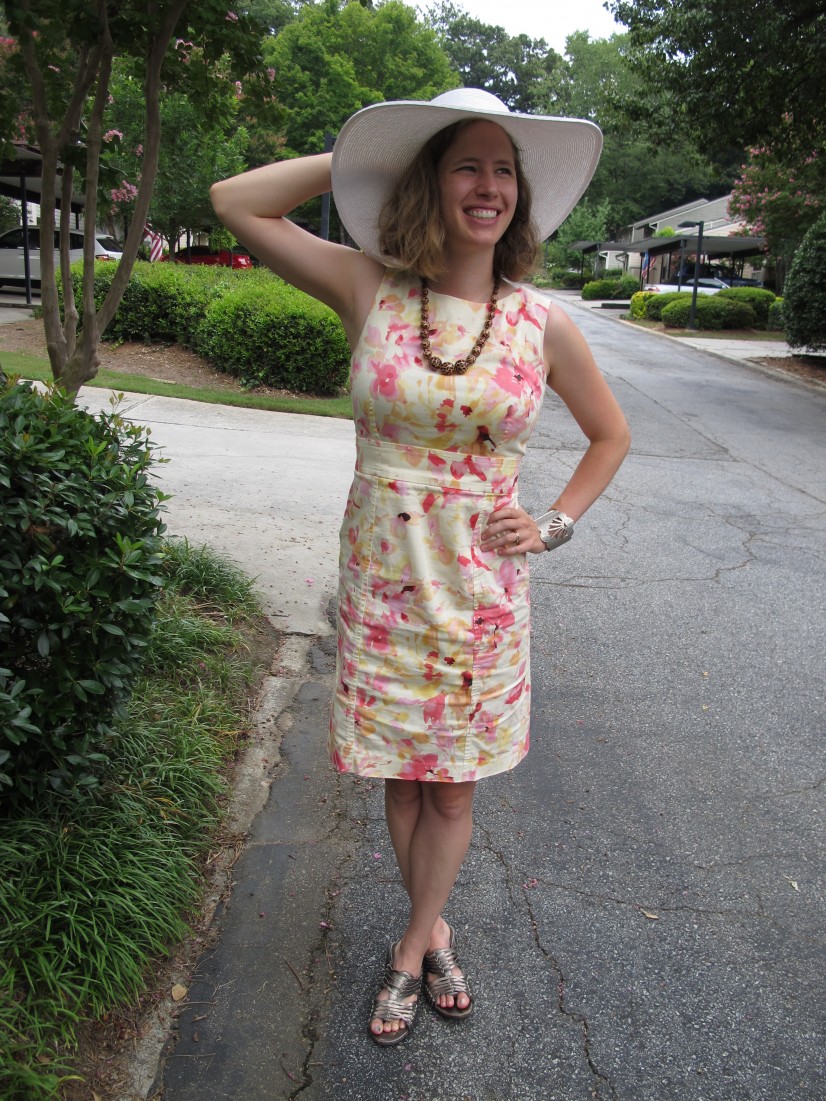Ygritte Snow: Yes. When you are poor, the option is to: a) buy new clothes from a cheap, made-in-china kind of place, whether it’s H&M or Kmart or b) buy used, thrifted denim that may or may not be quality – if you can find a pair that fits you. I tend to try to go for the latter on jeans, because you can find some gems and I like the vintage look and stiffer denim -BUT when you rip through the seat of your only pair of, say, nice pants and need a pair of pants to wear to work TOMORROW because you work with little kids and can’t wear a dress or shorts but also can’t wear jeans because it’s not Friday and you work for a prep school (for barely over minimum wage >_>) sometimes it’s not practical to spend hours finding a pair of pants at a thrift store.
Sheena wanted to know what I’d do in this case–you need pants in a jiffy and it seems easier to jaunt over to Old Navy or Target and get you the same pair you always get because they’re cheap and you know they fit. Can you do the same thing at the thrift store?
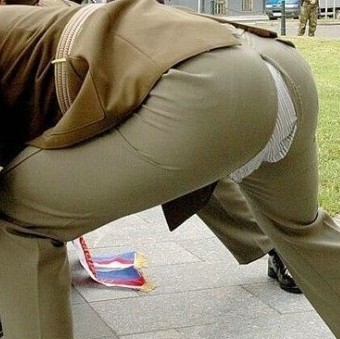 Hee-whoops.
Hee-whoops.
The answer is yes and no. You can’t just walk into a thrift store and guarantee you’ll find a specific garment in your size because thrift stores, by nature, rely on random donations. That being said, if you want to give it a shot–maybe the thrift store is actually closer and more convenient than anywhere else you could go, or it’s on the way home from work/daycare (both true for me)–here are some tips:
-Try to avoid being stuck with only one good pair of pants in the first place. Pants at thrift stores are much less expensive than retail, so stock up! If you can dedicate an entire thrift visit (or two or three) to pants hunting before emergency strikes, you are likely to find a couple pants that will do nicely for work or play even if they aren’t perfect. Then be on the lookout during subsequent trips for “upgrades”–pants that better fit your lifestyle needs/style wants.
If you are already down to one pair and don’t have time to thrift backups right this second, keep an eye out for signs that your current pants are on the way out–seam stitches become visible and fabric thins along key seams or well-worn areas; pocket corners start to detach. Start looking for new pairs as soon as possible after you notice these telltale markers. And keep a sewing kit handy so that minor fixes like a popped button or dropped hem don’t send you into a pants panic.
Alternatively, if you truly have no time for thrifting but you know which brands/sizes fit and you don’t want/can’t afford to feed the retail economy, consider using a filter on eBay to search for “pre-owned” pants in your preferred brand and size. Takes almost no time and the pants are delivered right to your door. (Thanks Gillian for the suggestion!)
-Stick to stores with a big selection. Though I love them dearly for their quirky atmosphere and unique finds, this is not the time to patronize independent/tiny shops with limited selection. Goodwill has racks upon racks of women’s pants (jeans in particular), as do many Savers, Value Village, Salvation Army, and America’s Thrift stores, among others. Men’s pants tend to come in a smaller but still wide-ranging collection.
–Scan quickly and efficiently. Don’t flip through every pair of pants on the rack. Skip over low quality brands (a cheapy tag with cutesy font is a telltale sign, as is really thin or wrinkly material) and sizes that are way outside your range. Look for brands and sizes you know fit you. Here is where your knowledge of the perfect Old Navy size for your lower half comes in handy–zero in on those if you find ’em, and likewise don’t waste time on a brand you love but a size you know from experience won’t fit. It can be hard to let go of a pair that’s perfect except for being a size too large or small, but trust me, it’s better this way. The thrift gods shall yet smile upon you.
Conversely, if you find a brand that looks quality but with which you aren’t personally familiar, be willing to grab a size smaller or larger than your norm as their sizing system may fit you differently.
–Try on in bulk. Load up to the limit allowed in the dressing room–then park your cart outside the stall and, if there isn’t a line, swap out the pairs that don’t work for a new batch without actually exiting the unit. (If you are really desperate for time I won’t judge you for doing this even if there is a line, although fair warning: the other people in line might.)
–Adjust your standards, then Commit. Conversely to the slow thrift where you don’t nab a piece of clothing ’til you’re satisfied it meets all your criteria, these may not be the world’s ideal pants for you. But if you find a pair that will do — length’s okay, fit’s okay, no holes or other potential wardrobe malfunctions–don’t waste time dithering on whether you *should* buy these pants. At that price point and with your time as valuable as it is, the answer is yes.
–Give (your new) pants a chance. The unexpected bonus to buying the first pants that fit decently is that you might go home with a pair in a new-to-you pattern, color, or cut–and you might LOVE them. They might breathe new life into a wardrobe rut where you’ve been stuck, or they might become a new favorite silhouette. That’s the magic of thrifting!
